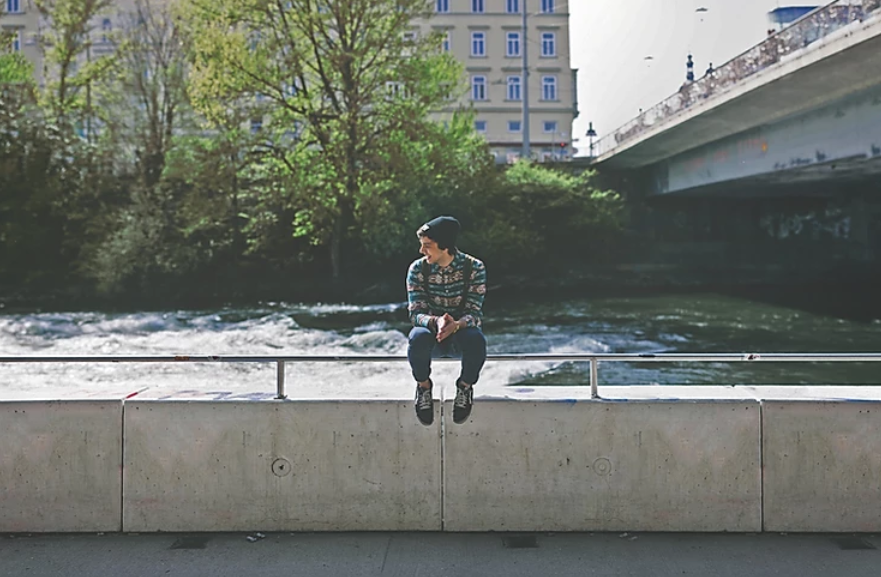Reading time: 2 minutes
Even though sitting is a relax position, it can unveil a lot about someone’s attitude. By observing that, for example, we could measure someone’s grade of relax, or even his level of sociability. Sitting is less weary and more relaxing than standing, and that’s why people adopt this method to communicate. By observing how people are sitting and even when they decide to sit round the table, for example during an important meeting (a situation when everybody knows where to sit), it can provide much useful information.
Let’s start by describing the most important and common situations:
1. When someone sits comfortably and his feet are kept flat on the ground, he is saying that he is disposed to “go through with that”, achieving the goal he had established.
2. If someone sits perching, not keeping the feet flat on the ground, maybe he doesn’t have much time left, and he wants to leave as soon as possible. Otherwise he doesn’t trust the project, and he wants to keep his distance from the discussion. In any case, if we are talking about a woman, the meaning can considerably change. A woman who sits occupying just a little part of the chair may be willing to stretch her legs, with one leg crossed over the other, in order to make them look longer. This is quite an erotic signal: the woman means to seduce someone, since this is not a very comfortable position, and only her wish to seduce for all the toil involved. Moreover, with this position her legs don’t sustain her: the upper part of her body is forced upright in order to show her girlish figure. In conclusion, the message changes if it’s a woman or a man who’s sitting like that.

3. Occupying just a little part of the chair is a negative sign: it denotes low self-esteem and a tendency to run away from problems.
4. Otherwise, when you see someone slouching, probably that person is weary or is irresolute and no firmness.
5. The chair straddler is a typical sitting position shown in American films. Even though it can convey self-confidence, actually tells us a lot about someone who wants to protect himself: the seatback is a sort of barrier between who’s seated and the rest of the world. It’s quite a rude way of sitting.
These are just few examples of way of sittings, and the feeling they convey. In summary, we can say that someone who sits in a certain way has always a reason to do that that way. Detecting changes in posture allows us to understand if the person we’re talking to is interested in what we are saying or not.
Luca Brambilla
